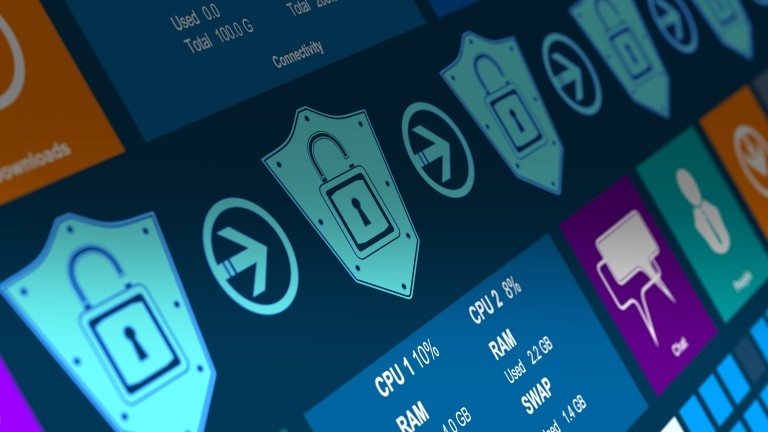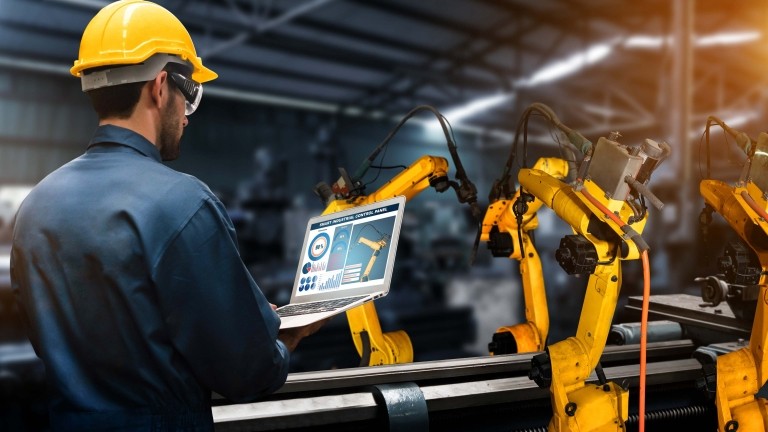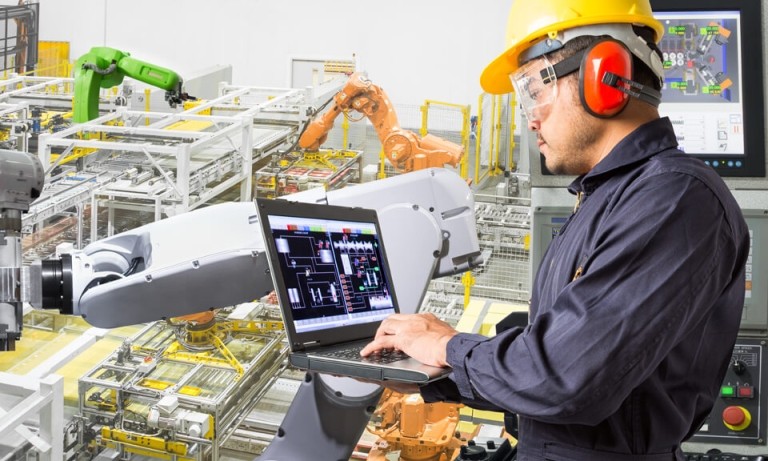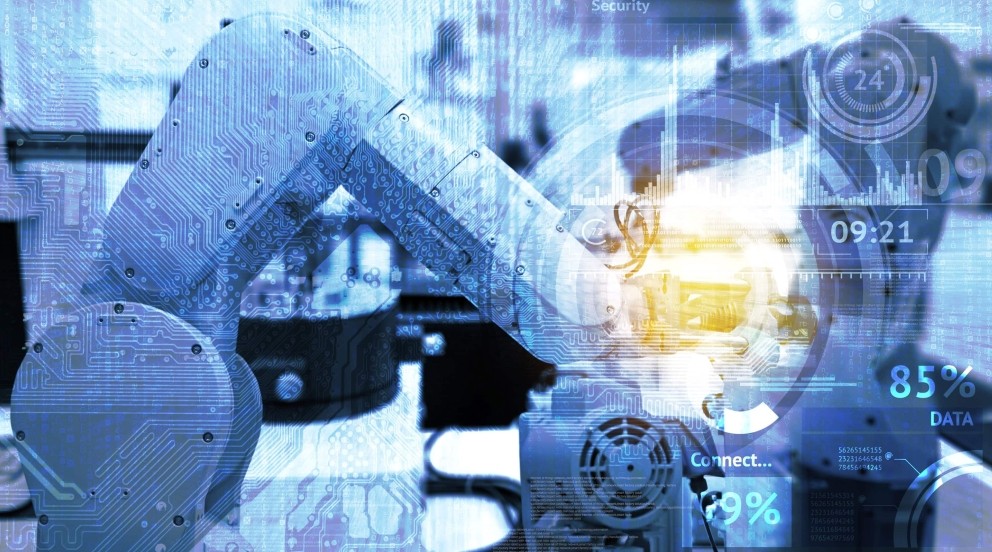
Digital Transformation in Industry 4.0: From Hype to ROI
At the dawn of the fourth industrial revolution (Industry 4.0), industrial organizations put their digital transformation at the very top of their strategic agenda. Industry 4.0 is about the inter-networking of Cyber and Physical Systems (CPS) in an industrial environment. CPS bridges the physical and digital worlds and facilitates the collection of digital data from physical devices and processes (e.g., maintenance data from equipment and quality data from production lines), as well as the use of these data for driving automation and optimizations. To this end, Industrial Internet of Things (IIoT) technologies are used to collect and process large volumes of high-velocity streams, while at the same time automating field operations and supply chain processes.
Digital transformation in the Industry 4.0 era will improve the competitiveness of industrial organizations, while at the same time boosting their ability to make optimal decisions. Despite the hype surrounding new concepts in enterprise processes, IIoT and Industry 4.0 have some tangible use cases with proven ROI. These use cases are driving the accelerated adoption of IIoT in industry, which is the reason why IIoT is expected to contribute most of IoT’s business value potential, with consumer IoT lagging behind. According to Accenture’s “Winning with the Industrial Internet of Things” recent market report, IIoT could add up to $14.2 trillion to the global economy by 2030. Therefore, understanding IIoT’s ROI-generating use cases is a key step towards shaping a successful digital transformation strategy.
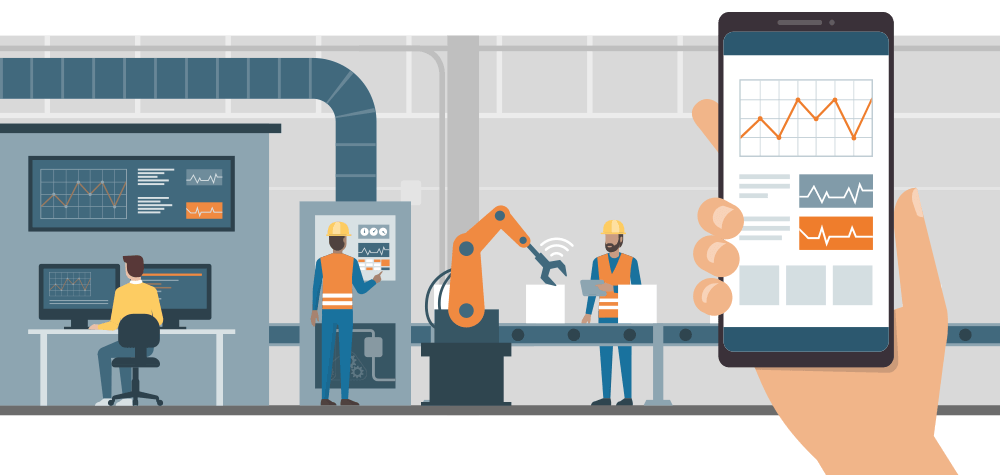
IIoT Use Cases with Proven ROI
There are many instances of successful IIoT deployments. Here are a few:
Flexibility in Industrial Automation Programmable Logic Controllers
Industrial automation is based on Operational Technology (OT), like Programmable Logic Controllers (PLC), Supervisory Control and Data Acquisition (SCADA) and Distributed Control Systems (DCS). These systems are generally inflexible and do not allow for easy changes to their configuration. This is a serious barrier to deploying new automation technology in a plant (e.g., deploying a 3D printer as part of a production process), as well as changing the configuration of industrial processes (e.g., customizing the outputs of a production line towards mass customization). IIoT facilitates the convergence of OT with IT and enables the reconfiguration of industrial automation processes based on digital tools and at shorter timescales (e.g., in a few hours instead of weeks). Rather than reconfiguring complex OT systems, configurations of machines and tools take place at the digital layer of the IIoT system. Hence, IIoT deployments are extensively used to support mass customization production models in a faster and cost-effective fashion.
Predictive Maintenance
Most industrial organizations maintain their equipment based on preventive approaches, which inspect and maintain equipment at regular intervals. Nevertheless, preventive approaches maintain the equipment earlier than actually required, which leads to a non-optimal Overall Equipment Efficiency (OEE). In order to optimize OEE, enterprises are transitioning to predictive maintenance, which is the ultimate industrial maintenance vision. In predictive maintenance, machines are able to predict and anticipate their failures, through accurately calculating parameters such as their End of Life (EoL) and Mean Time To Failure (MTTF). IIoT technologies collect and consolidate datasets about the equipment’s condition, such as vibration data, acoustic data, ultrasonic data, thermal images data, oil analysis data and more. Accordingly, BigData analytics technologies enable the extraction of predictive insights about the operation of the equipment, including significant patterns of its degradation. By improving the OEE of an expensive piece of equipment, industrial organizations can see a direct and tangible ROI on their IIoT investments.
Quality Control
IIoT and Big Data technologies enable the collection of abundant data about industrial processes, which gives rise to accurate detection of quality problems at various timescales. For example, digital data about a production line can be collected and used to identify problems and inefficiencies, while recommending remedial actions. This enables quality management disciplines like Total Quality Management (TQM) and ZDM (Zero Defect Manufacturing). While TQM and ZDM have been around for more than two decades, it’s the advent of Industry 4.0 that enables their credible and cost-effective implementation.
Connected Plants & Supply Chain Optimization
IIoT enables supply chain optimizations that have been hardly possible before the advent of Industry 4.0. These optimizations are based on the sharing of timely and accurate information about supply chain processes. IIoT technologies interconnect devices, CPS systems and business information systems (e.g., ERP (Enterprise Resource Planning) and PLM (Product Lifecycle Management) systems) from all supply chain stakeholders, while at the same time enabling seamless flow of information across plants, logistics enterprises, customers and more. With IIoT plants become interconnected and timely informed about all important events across the supply chain, such as the placement of critical orders, delays in delivery of materials, equipment failures that cause disruptions in production, availability of finished products, stock levels information and more. These pieces of information are accordingly synthesized and used to drive optimizations in production schedules, demand forecasts and delivery times, which leads to various benefits like stock minimization, just-in-time production and waste reduction.
IT/Networking Enablers
IIoT deployments rely on leading-edge digital technologies including:
Edge Computing
Edge computing infrastructures are an integral element of most non-trivial IIoT infrastructures, since they enable low-overhead, high-performance operations close to the field, including both automation and analytics operations. Edge computing infrastructures complement cloud storage and processing infrastructures, as they facilitate real-time processing and act as a filtering layer that economizes network bandwidth and cloud storage costs.High-Speed Networking Technologies
Most IIoT use cases involve network savvy operations, which require high-speed networking, including both wireless and wired infrastructures. The vast majority of IIoT traffic is currently carried over Wi-Fi, Ethernet, and LTE infrastructures, yet we are also seeing the deployment of emerging Low-Power WAN (Wide Area Network Technologies).Cybersecurity and Physical Security
Industrial organizations are deeply concerned about the introduction of new IT and CPS devices in their plants. As a result, there is a need for intelligent cybersecurity mechanisms, which ensure the trustworthiness of IT building blocks in the plant, while at the same time protecting datasets in-line with business and regulatory requirements (e.g., EU’s GDRP regulation, as well as data protection regulations on a global scale). Moreover, the expanded deployment of IT infrastructures in industrial environments is gradually leading to a convergence of physical and cybersecurity, as part of an integrated security approach.AI and Big Data Analytics
IIoT use cases involve data analytics operations as a means of extracting knowledge that drives process optimizations. Some of these operations require advanced analytics that fall in the realm of deep learning and artificial intelligence. This is the case with the detection of failure modes in predictive maintenance, which hinges on the detection of complex patterns based on deep neural networks.
Allied Telesis provides a host of Industry 4.0 enabling solutions, which help our clients migrate to this new era in a smooth and cost-effective manner.
